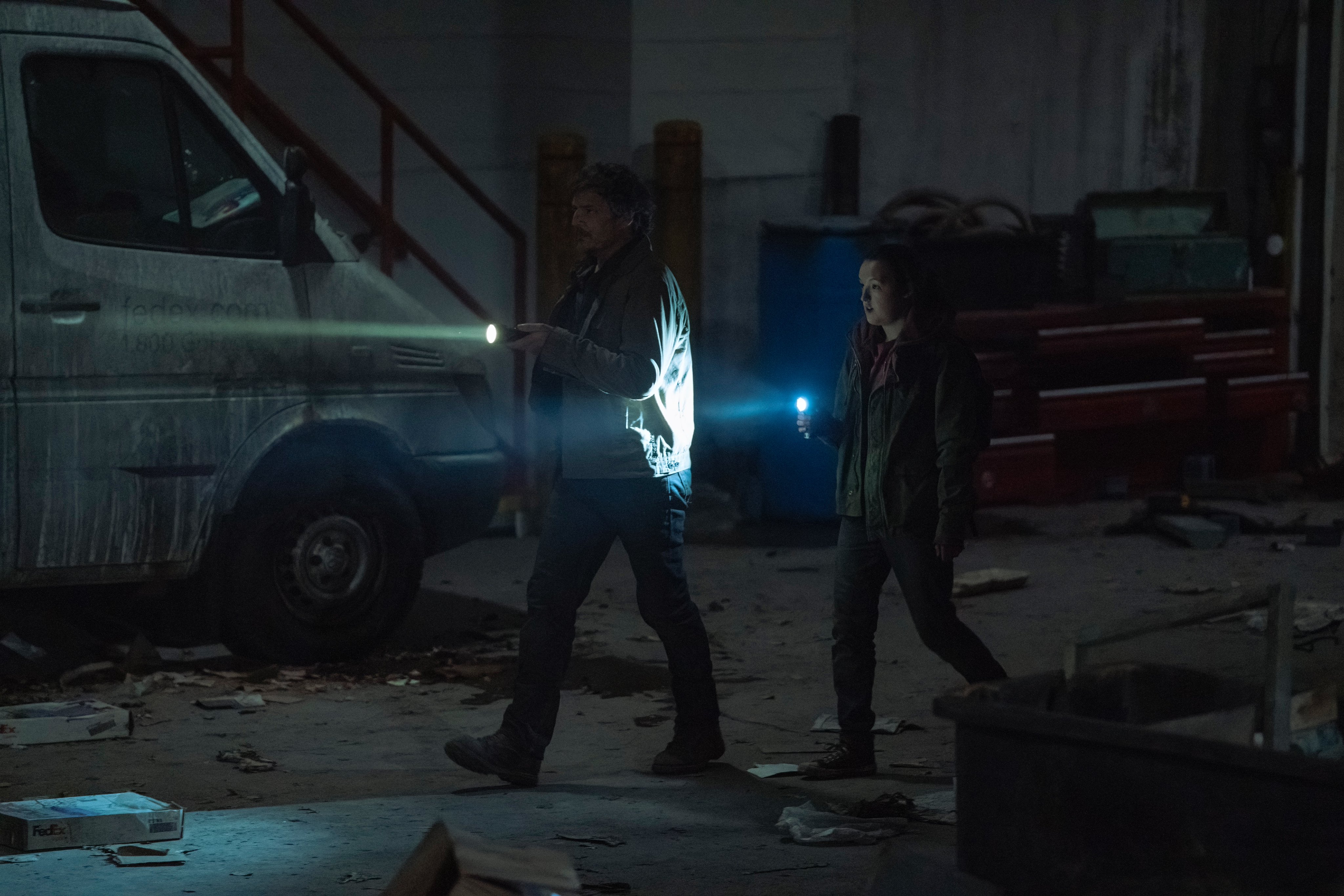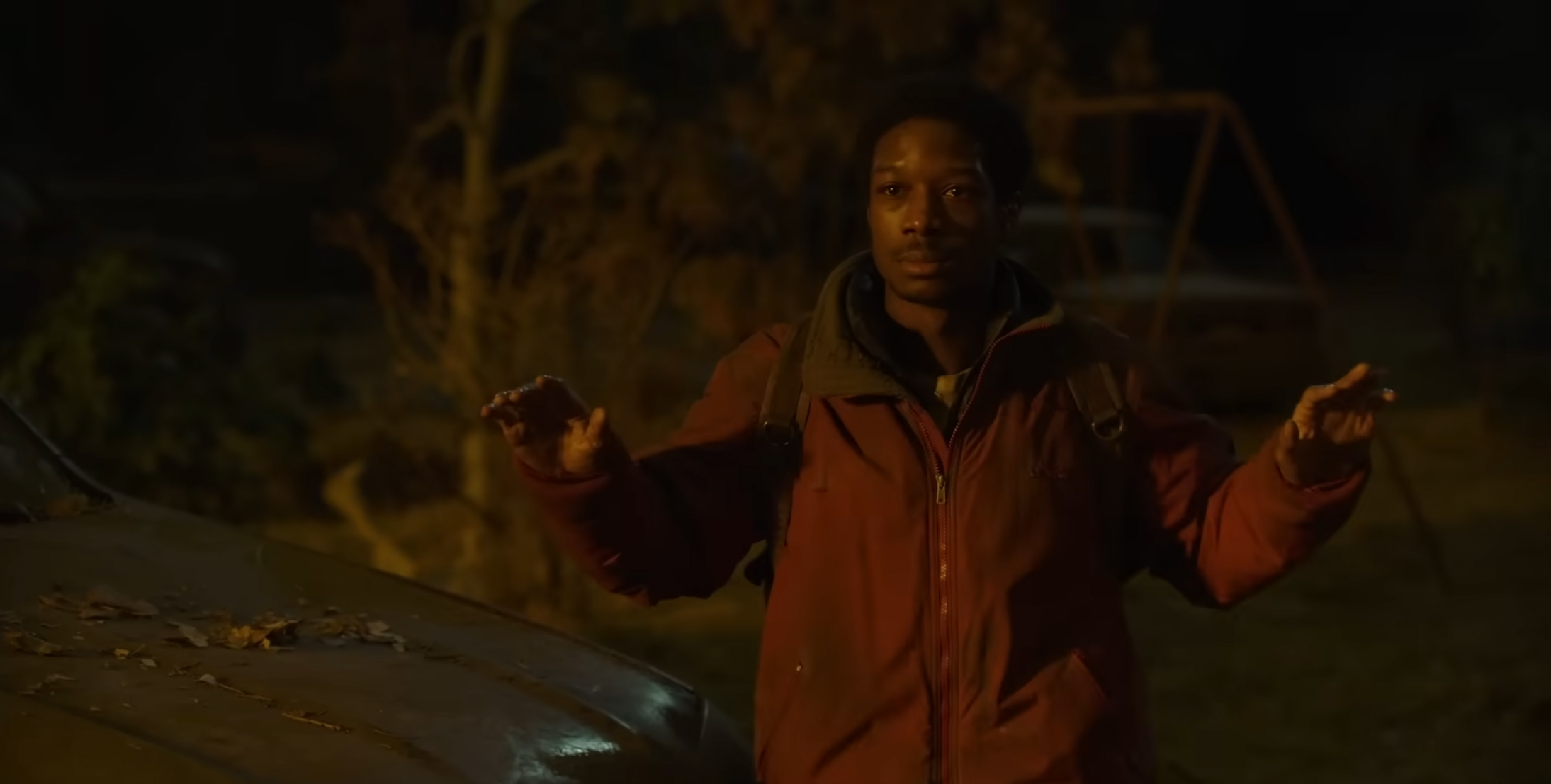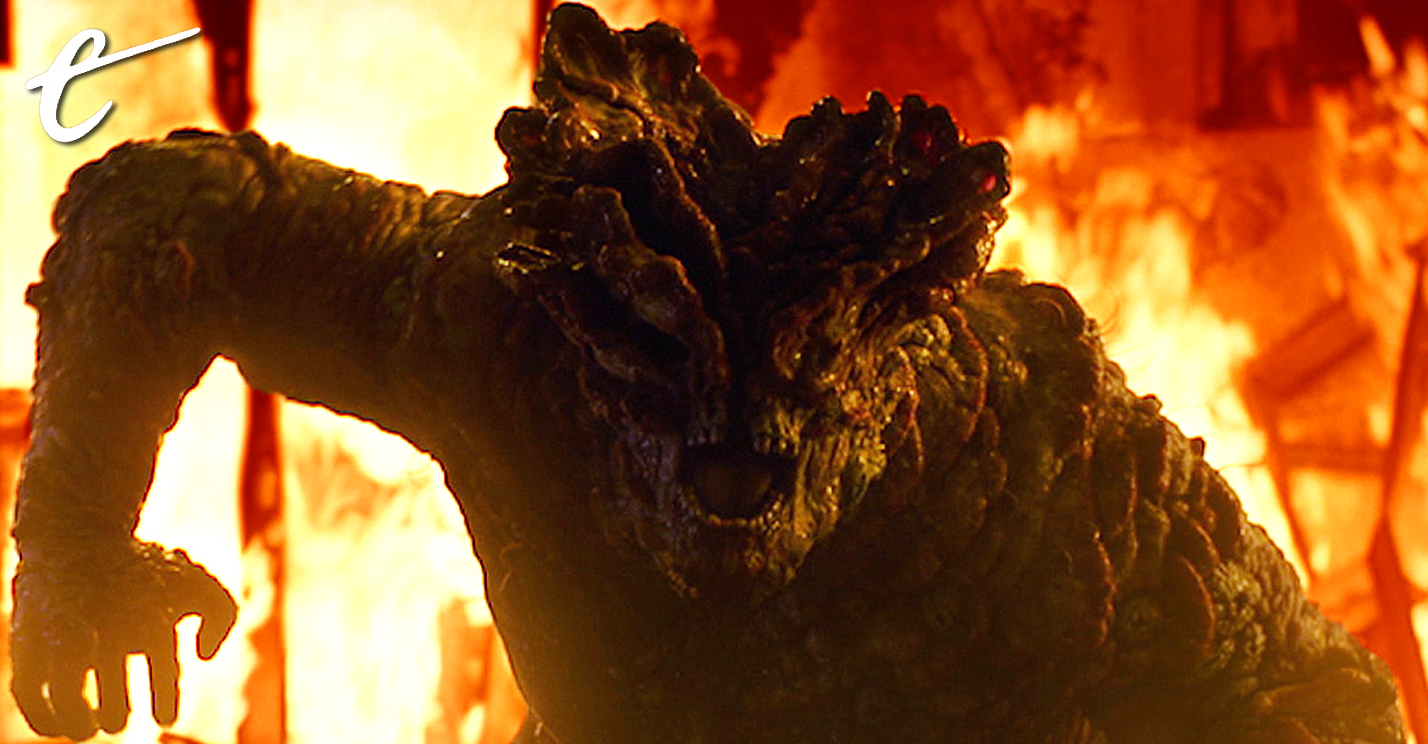This discussion and review contains spoilers for The last of us episode 5, “Enduring and Surviving”.
There’s something to be said for a beautiful visual metaphor. There’s also something in favor of structuring an episode so that it ends with a nice visual metaphor that mirrors the opening scenes perfectly.
As you’d expect from a series written largely by Craig Mazin, the director responsible for Chernobyl, The last of We has a literary quality. It’s a very deliberately and carefully structured series, with its supernatural elements structured as mirrors of its central themes. Despite its impressive and epic reach, Mazin ensures that The Last of We stay intimate, a hall of mirrors reflecting Joel (Pedro Pascal) and Ellie (Bella Ramsey).
‘The Last of Us’ movie in jeopardy
How long does it take to beat and complete The Last of Us?
Of course, that doesn’t mean that The last of us I can’t offer a show. “Endure and Survive” is probably the most expensive episode of the season since its premiere and is a testament to how much money HBO has poured into the series. It takes place largely in a post-apocalyptic city. It begins with images of a revolution, crowds engulfed in violence and horror. Next is the biggest display the series has offered yet of its infected, with hordes of monsters surrounding a small army.
“Endure and Survive” feels like a showcase of The last of us. Like the first episodes of the season, it runs through the list of what audiences expect from a series set in the zombie apocalypse: militias, shootouts, zombie attacks, violence, terror. Like “Please Hold to My Hand”, however, “Endure and Survive” is a little more elegant in its deployment of these tropes than “When You’re Lost in the Darkness” and “Infected”. Going back to the show’s creative lineage, “Endure and Survive” is surprisingly literary.
It begins with the depiction of a violent uprising in Kansas City, when the local population turns against Phaedra. The crowd chants “freedom” as the city descends into anarchy, a sequence with an inevitable and uncomfortable resonance after recent years, even if Phèdre is an institution that deserved to be overthrown. However, the episode reaches another, more literal form of uprising at its climax, when sinkholes open up the “maintenance tunnels” beneath the city and the infected pour out.
At the start of the episode, Ellie points out that there don’t seem to be any infected people in Kansas City. Henry (Lamar Johnson) corrects her. “There are infected, but not on the surface,” he explains. “Phèdre took them into hiding fifteen years ago and never let them out again. It’s the only good thing those fascist sons of bitches have ever done.” They buried them in the depths of the city. However, the problem with this approach is that buried secrets often surface.
Most monsters are metaphors, as are their stories. “Endure and Survive” is built primarily around the scene of swarms of infected rising up, and Mazin structures the script so the visuals work on multiple levels. At the most basic level, it’s a pretty clever literalization of Cordyceps as a fungal organism. It is something that lurks in the darkness below, waiting for an opportunity to break through the ground and extend its reach.
However, the social and political subtext of “Endure and Survive” is not particularly buried. Henry tells Joel that “KC Phaedrus” were “monsters (and) savages” who “raped, tortured and murdered people for twenty years”. Do you know what happens when you do that to people? Whenever they get the chance, they give it back to you.” The citizens of “Murder City” staged their own uprising against those who pushed them, and now the monsters are doing the same.
American zombie films have always been tales of revolution, the fears of a society worried that the established order will be shaken. Erin C. Cassese points out that Night of the Living Dead, by George A. Romero, was born when Americans saw images of “race riots in cities like Newark and Detroit.” Adam Lowenstein argues that the film’s critical redemption rested on its re-release as a double feature with Slavesa film explicitly about a slave revolt, a year after its initial release.

Zombies represent many different things, but they are based on many people’s fear that the established order will be undermined, that groups of dehumanized individuals will eventually rise up to consume those who have built a world upon them. This subtext continues to this day. He appears in The girl with all the presentsa novel published a year later The last of us It will come to consoles. It’s a subtext that’s especially evident in the mix of races in the film adaptation.
“Endure and Survive” makes it clear that Mazin understands the zombie genre beyond its superficial traits. Understand the fears that drive you. “Hold on and Survive” revolves around underground metaphor, with Henry leading Joel and Ellie through the tunnels under the city. While exploring, they find an abandoned underground community. “I’ve heard of places like this,” says Joel. “People went underground after the day of the outbreak, building settlements.” These are people who have literally gone into hiding.
Like all good metaphors, this one works (literally) on many levels. It’s not just a social commentary; while it obviously exists in relation to the genre’s history and contemporary American anxieties, it’s also a powerful metaphor for the human drama that drives the series. “If you become a monster, are you still inside?” Sam (Keivonn Woodard) asks Ellie when he realizes he’s been bitten. Refers to literally become a monster, but that also applies metaphorically.
A The last of us he is fascinated by the challenge of expressing humanity in a world that has become hostile to humanity as a species and as a concept. In “Please Hold to My Hand”, Joel confesses to Ellie that he did terrible things to survive. When she asked him if he had ever killed an innocent person, he dodged the question. “Endure and Survive” begins with the Revolutionaries exerting the same type of violence that the Infected employ at the episode’s climax.

Kathleen (Melanie Lynskey) has done terrible things. The episode opens with her arranging the mass murder of accused collaborators. She compares herself to her brother Michael and is disappointed. “He was so handsome,” she admits. “I’m not. Never have been. He would be horrified by the things I’ve done.” Perry (Jeffrey Pierce) notes that Kathleen’s willingness to do these things had results: “Your brother was a wonderful man. We all loved him. But he didn’t change a thing. You did it.”
Everyone talks about Michael as a living saint. “There was a man, a great man,” Henry told Joel. “He was never afraid, never selfish. Always forgiving. Have you ever met someone like that? The kind of man you would follow anywhere?” However, just as Kathleen had to betray Michael’s ideals, Henry had to betray Joel himself. Henry acknowledges it’s a monstrous thing, confessing, “I’m the bad guy, because I did something wrong.” In its own way, humanity must bury itself deeply.
Despite the epic scale of events in “Endure and Survive,” things are kept personal. Similar to “Long Long Time”, this is an episode largely built around a set of supporting characters who serve as mirrors to the show’s two protagonists. It’s a literary ploy, but – given Pascal’s other obligations – Also could be handy. The episode moves away from Joel and Ellie to tell a story from Henry and Sam’s perspective. Joel and Ellie are the passengers on this adventure.
“Endure and Survive” begins with a 10-day jump back. He then filters part of “Please Hold to My Hand” through Henry and Sam’s eyes, following them to the climax where Joel wakes up to find Sam holding a gun to his face. Henry is obviously a mirror of Joel. Although he is Sam’s biological brother, he is a surrogate father. He sees something of himself in Joel. After confessing to his crimes, he tells Joel, “But you get it. Maybe you’re not are father, but you belonged to someone. I realize”.

As always, it is a bit banal to talk about The last of We like a story about fatherhood, but that’s the central theme of the show. Henry tries to protect Sam from the horrors outside, just like Joel did with Ellie at the mass grave. “Look at me,” Henry told Sam. “Not that.” Later, he tells Edelstein (John Getz), “He’s seen a lot. There’s nothing more I can do about it.” Henry betrayed Michael to protect Sam, a decision that may have indirectly killed everyone in Kansas, as the race infected town.
Kathleen herself is a dark mirror to Henry and Joel. He has already lost his son Bryan (Juan Magana) and his brother Michael. However, she is obsessed with them even in death, to the point that her pursuit of Henry drives the infected out from under the city and prevents her from focusing on pressing priorities like the city’s rotting foundations. It’s easy to romanticize the idea that parents protect their children, but The last of Suggests to us that there is also something horrible.
“Do you think the whole world revolves around him? Kathleen challenges Henry in the climax. “Worth it all? For better or for worse, the answer is “yes”. That’s why Henry decided to betray Michael to save Sam, even taking into account the bitter irony that Sam ultimately doesn’t live long. This suggests that Joel may have to make similarly difficult decisions about Ellie in the future. This is also the reason why Henry commits suicide after killing an infected Sam.
Henry’s suicide by shooting himself in the right temple at the end of “Endure and Survive” adds some interesting subtext to what we know about Joel. Joel has a scar on the right side of his forehead from a gunshot wound just two days after the death of his daughter Sam (Nico Parker) and is deaf to the sound of gunfire near his right ear. Again, this is a very clever and very literary parallel between the two men, suggesting that their backgrounds are more similar than it first appears.
“Endure and Survive” ends with Henry and Sam buried, while Joel and Ellie continue their journey. They may stay underground, but it seems just as likely that Joel and Ellie will take the couple with them for a while.

